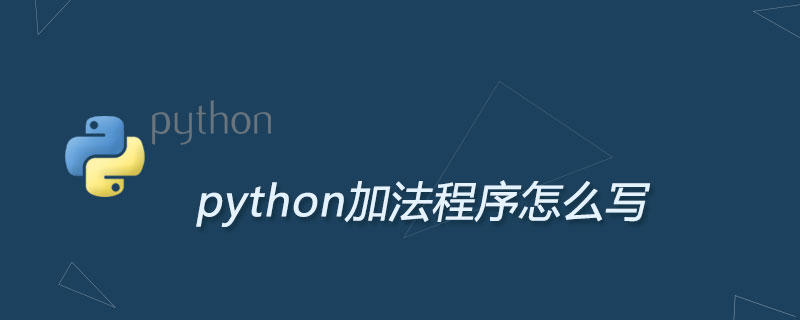本教程操作环境:windows7系统、java10版,DELL G3电脑。
1.try和catch概念
try — 用于监听。将要被监听的代码(可能抛出异常的代码)放在try语句块之内,当try语句块内发生异常时,异常就被抛出。
catch — 用于捕获异常。catch用来捕获try语句块中发生的异常。
2.try和catch用法
publicclassDemo1{
publicstaticvoidmain(String[]args){
try{
inti=10/0;
System.out.println("i="+i);
}catch(ArithmeticExceptione){
System.out.println("CaughtException");
System.out.println("e.getMessage():"+e.getMessage());
System.out.println("e.toString():"+e.toString());
System.out.println("e.printStackTrace():");
e.printStackTrace();
}
}
}
在try语句块中有除数为0的操作,该操作会抛出java.lang.ArithmeticException异常。通过catch,对该异常进行捕获。
3.try-catch处理异常
privatestaticvoidreadFile(StringfilePath){
Filefile=newFile(filePath);
Stringresult;
BufferedReaderreader;
try{
reader=newBufferedReader(newFileReader(file));
while((result=reader.readLine())!=null){
System.out.println(result);
}
reader.close();
}catch(IOExceptione){
e.printStackTrace();
}}
原文来自:https://www.py.cn
© 版权声明
文章版权归作者所有,未经允许请勿转载。
THE END


















































暂无评论内容